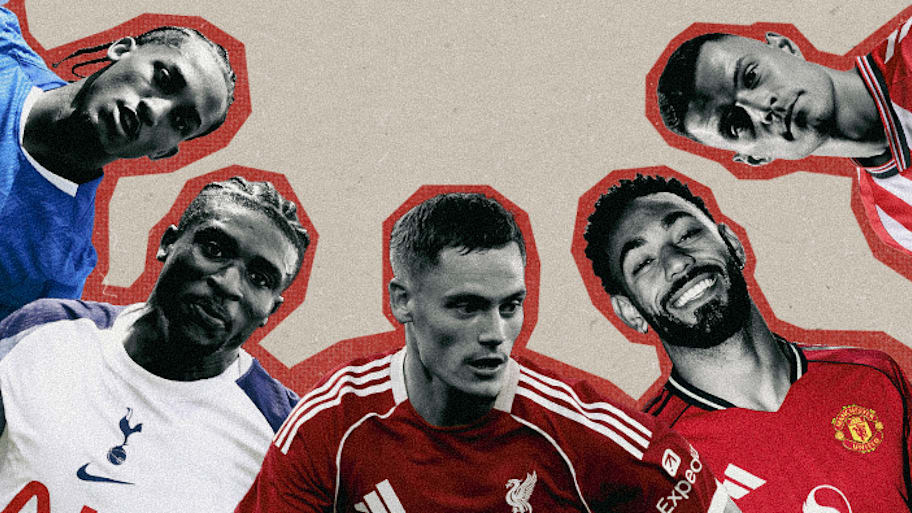This summer marked the 40th anniversary of English football’s nadir. At a time of rampant hooliganism, fatal stadium tragedies and a ban from all European competition, an editorial in The Sunday Times infamously derided football as “a slum sport played in slum stadiums increasingly watched by slum people.”
Four decades on, English football has emphatically shifted to the opposite extreme.
Through a dizzying process of aggressive capitalism, the Premier League has established itself as undoubtedly the most popular spectacle in the world’s most popular sport. It has not been a straight-line surge since the competition was founded by a cabal of rebellious clubs in 1992, but the 2025–26 campaign promises to continue, if not accelerate, the upward trajectory which the division has enjoyed over the last half-decade.

The ongoing transfer window has been the setting for an unashamed show of dominance from Premier League clubs. Looking beyond Liverpool’s power plays and Chelsea’s stockpiling, newly promoted Sunderland have outspent the defending champions of Spain, Italy, Germany and France.
Given the available resources sloshing around the division, the spread of success is perhaps unsurprising. Three English clubs were involved in European finals last season and a record five different Premier League sides won a major trophy in 2025. The reigning club world champions are fourth-favourites to win England’s domestic title.
The stakes are deliciously high. Each weekend creates its own slew of heroes and villains while clubs plunge in and out of crisis at concussive speed. The Premier League’s chief executive officer Richard Masters captures the guarantee of drama best with his rallying cry for each new campaign: “Let the soap opera begin.”
Most Open Title Race in Years
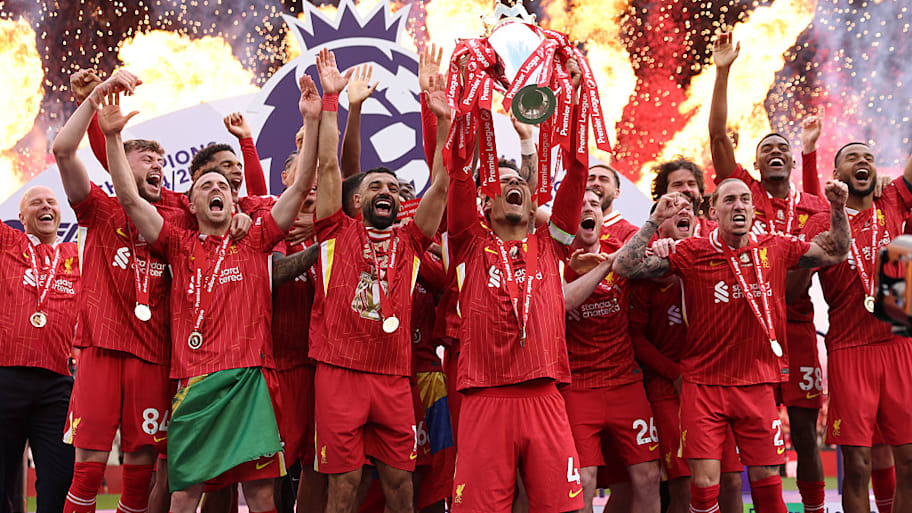
One thing that sets the Premier League apart from Europe’s other top leagues is its sheer unpredictability. While a few teams may appear to be a cut above the rest on paper, England’s top flight rarely plays out that way.
Last summer, Manchester City and Arsenal were viewed as the leading title contenders to win the 2024–25 title. The former went on to endure their worst campaign in years, while a Liverpool side everybody expected to be stuck in rebuild mode made light work of sealing a famous triumph—two outcomes almost nobody believed to be possible.
As we look to 2025–26, it truly feels as though anything could happen in the title race. Liverpool are the favourites to retain their crown, though City and Arsenal have both strengthened in the transfer market and will fancy their chances of overthrowing the reigning champions. But things do not stop there.
Chelsea recently won the revamped 32-team Club World Cup and are enjoying a sublime transfer window. Newcastle United, Nottingham Forest and Aston Villa all disrupted the so-called “Big Six,” profiting from slumps from both Manchester United and Tottenham Hotspur, which surely will not continue this year.
Could we even get a new Leicester City? The Foxes pulled off the shock of all shocks in 2015–16 as they etched their name in history. It feels impossible, but it did back then too. This is what English football is all about.
Gone are the days of monotonous dominance from City, Liverpool, Chelsea or United. The Premier League is overflowing with genuine contenders for silverware and that has never been as clear as it is today.
Arsenal manager Mikel Arteta argued as many as nine teams are in the running for 2025–26. While the race is unlikely to involve half of the Premier League, there’s no denying backing a favourite to win the title is about as tricky as it has ever been.
Big Fixtures Between Title Contenders

The Premier League’s format remains unchanged for 2025–26, with all 20 teams set to slug it out home and away over the course of a 38-game season. But of course, there are certain fixtures that catch the eye each year—ones between title contenders that are often decisive in determining who holds aloft the trophy come May.
Sky Sports’ lead commentator Peter Drury has had most of the summer to prepare a fresh set of poetic monologues, and in particular his soliloquy for when Manchester United host title hopefuls Arsenal in what is a blockbuster fixture on the opening weekend.
Yet it’s the Gunners’ daunting trip to champions Liverpool just 16 days into the new campaign that will really set the pulses racing. Off the back of an aggressive summer window, Arteta’s charges are looking to break the shackles of three successive Premier League runners-up finishes, and what better way to shape up and test their skills than by rocking the Anfield apple cart so expertly steered by manager Arne Slot since he succeeded Jürgen Klopp.
Manchester City are desperate to thrust themselves into the mix once more, and their title credentials could become clear on Sept. 21 when they take on Arsenal at the Emirates, having been thumped 5–1 in north London earlier this year.
The major clashes during the first half of the season will serve as teasers for the drama-laden head-to-head matchups that will capture everybody’s attention during the run-in.
If Liverpool are to retain their crown, they may require a couple of huge results down the stretch, with clashes against Manchester United and a burgeoning Chelsea outfit arriving on Matchweeks 35 and 36, respectively. Manchester City, meanwhile, visit Chelsea and host Arsenal over their final seven games.
Arsenal–Liverpool and Liverpool–Manchester City are scheduled for early 2026, but that won’t render them any less tense or decisive. The tactical duels between the league’s best tend to fascinate with an array of new exports keen to produce on the biggest stage.
Shiny New Signings
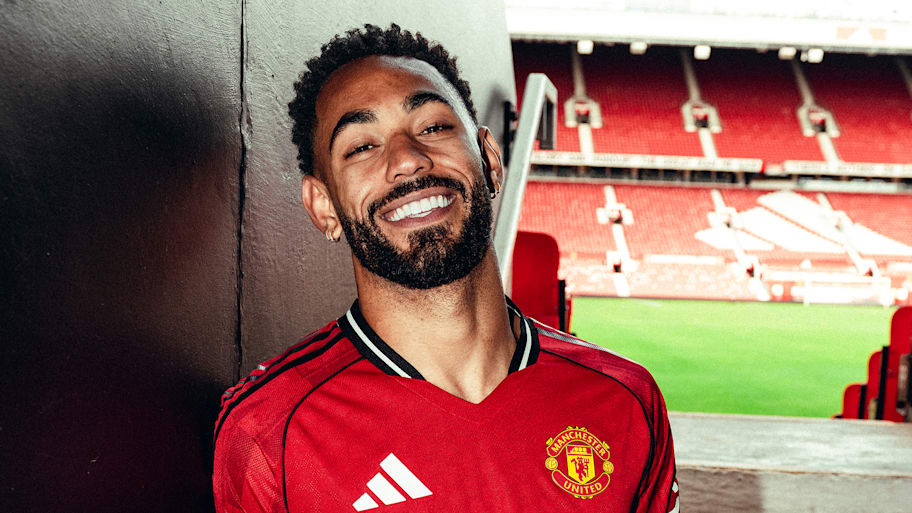
Close to £2 billion ($2.7 billion) has already been spent by Premier League clubs in the summer transfer window—the most expensive outlay in history.
Florian Wirtz, Viktor Gyökeres, Rayan Cherki, Martín Zubimendi, Jeremie Frimpong, Benjamin Šeško and Hugo Ekitiké are just some of the big names making the jump to the Premier League this season. Yet some of the biggest deals happened between English clubs; João Pedro, Bryan Mbeumo, Matheus Cunha, Milos Kerkez and Noni Madueke also have new homes in the Premier League and are looking to make an impact this season.
What makes this summer’s round of signings even more exciting are the storylines sewn into the fabrics of the Premier League:
- Is Gyökeres the striker to lead Arsenal to the title after so many near misses?
- How will Cherki fill the shoes of Kevin De Bruyne, one of the greatest midfielders to grace England’s top flight?
- Are Frimpong and Kerkez the right evolution from the Trent Alexander-Arnold and Andrew Robertson duo that terrorised defences for years on end? (Not to mention, Liverpool’s unprecedented spending to bring in two of the most exciting attacking talents from the Bundesliga.)
- Will Mbeumo and Cunha bring back the glory days for Ruben Amorim and Manchester United?
Last summer, whether you’re a diehard Premier League fan or not, there’s no disputing that all eyes were on how Kylian Mbappé would perform in his first season at Real Madrid. This time around, it’s the Premier League movie theatre capturing all the attention and playing host to the big stars.
Competitive Golden Boot Race
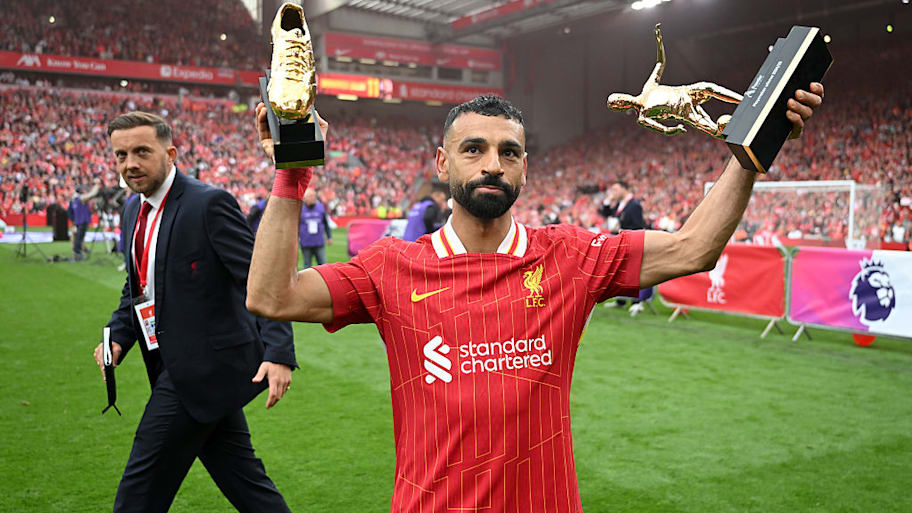
The Premier League was already home to some of the game’s greatest goalscorers before the summer transfer window opened. Now, as teams splash the cash and continue to recruit high-profile finishers, we could see record numbers in 2025–26.
Mohamed Salah won last season’s Golden Boot with 29 strikes and he could soon be joined at Liverpool by his closest competition, Alexander Isak of Newcastle United. Erling Haaland and the aforementioned Mbeumo both finished narrowly behind and will expect to be in the conversation this coming season.
Meanwhile, we’ve seen superstars like Gyökeres, who netted 54 goals for Sporting CP in 2024–25, the prolific Ekitiké and superstar-in-waiting Šeško arrive on English shores. None are strangers to a Golden Boot race and, backed by the strongest supporting casts of their respective careers, should watch the goals pour in over the next 12 months.
Cole Palmer, Omar Marmoush, Ollie Watkins... the list goes on. Up and down the league table, there are players capable of plundering goals at unfathomable rates and providing the sort of excitement that will force you to keep your eyes glued to the action all year long.
We saw five different players breach the 20-goal mark last season, leading the way compared to the rest of Europe’s top five leagues. Now, with several new superstar names calling the Premier League home, that number feels destined to rise.
The Return of Two Giants
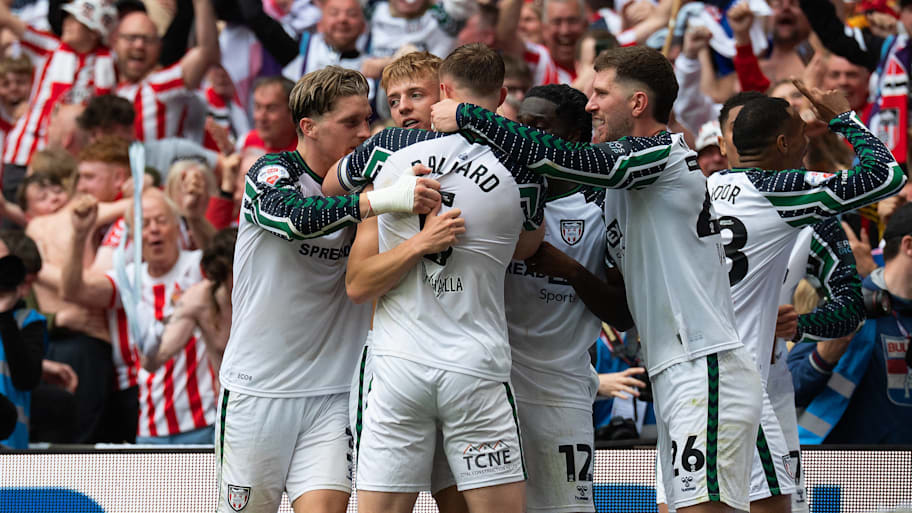
The last six teams to get relegated from the Premier League had all been promoted to the top flight one year earlier. Luton Town, Burnley, Sheffield United, Leicester City, Ipswich Town and Southampton averaged just 20.8 points during their brief sojourns among the elite.
Burnley may have broken records on their way to a 100-point haul in the Championship last term, but it is the pairing of Sunderland and Leeds United that should create the most excitement among neutral onlookers.
These strongholds of Wearside and Yorkshire are members of England’s historic elite. Underpinned by the ingenuity of football’s first great managerial mind, Tom Watson, Sunderland won six domestic crowns before World War I. Don Revie, a proud North East native himself, transformed Leeds into the club everyone loved to hate during a decade of domestic dominance between the mid-1960s and ’70s.
The duo’s triumphs were not exclusively cast in black and white. Sunderland boasted Europe’s leading scorer in the unlikely form of Kevin Phillips at the turn of the century. That same 1999–2000 season, Leeds elbowed their way into third before reaching the Champions League semifinals the following year.
Part of this pairing’s charm are the struggles they have since endured.
Leeds were forced into administration after failing to match the unrealistic demands set by their rapacious spending, sinking down to England’s third tier by 2007. Sunderland finished fifth in League One just three years ago. Yet, throughout these twists of fortune, both clubs have continued to inspire feverish support.
Alongside their independent qualities, the return of Leeds and Sunderland restores some of English football’s most enticing rivalries to the new Premier League landscape. Sir Alex Ferguson always relished Manchester United’s “fantastic, feisty” enmity with Leeds which finds its roots in the War of the Roses. Newcastle’s trip to Sunderland’s Stadium of Light for the first Premier League edition of the Tyne-Wear derby in almost a decade will be one fixture to savour.
Managerial Refresh
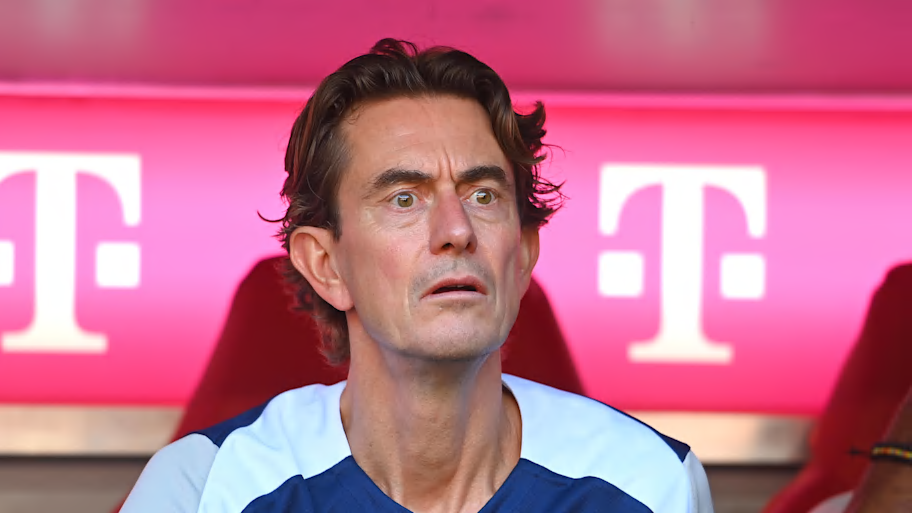
The hugely influential Pep Guardiola has shaped the tactical realm of Premier League football for the past decade, and his next evolution as Manchester City boss will undoubtedly be noted by the league’s other 19 managers this time around.
There haven’t been too many managerial changes heading into the new campaign, with only two unfamiliar faces arriving in the division—Régis Le Bris and Keith Andrews—but there’s genuine excitement about Thomas Frank stepping into the Tottenham Hotspur hot seat following the sacking of Europa League winner Ange Postecoglou.
Lilywhite supporters will hope the adaptable Frank, who many consider to have significantly overperformed during a seven-year tenure at Brentford, lies somewhere in-between the extreme dogmatism of the straight-talking Postecoglou and the antiquated ideals of José Mourinho. There will also be a keen eye on how Frank not only extracts consistency from the enigmatic Mohammed Kudus, a new arrival from London rivals West Ham United, but also forges a new identity for the north Londoners following the departure of club legend Son Heung-min.
Le Bris, the manager of Sunderland, will provide pragmatism and a cool head in the face of a big summer of spending at the Stadium of Light. Meanwhile, Andrews’s first rodeo as a manager, taking on the challenge of succeeding Frank at Brentford, will be an interesting watch given the losses of Mbeumo to Manchester United and captain Christian Nørgaard to Arsenal.
Amorim, David Moyes, Vitor Pereira and Graham Potter are all entering their first full seasons at the helm with their respective clubs, while Daniel Farke and Scott Parker are back in the big time with Leeds United and Burnley and will feel they have individual points to prove based on their previous Premier League managerial ventures.
Farke, in particular, must adjust to the demands of the top flight, having endured torrid campaigns during his stint at Norwich City.
Rule Changes
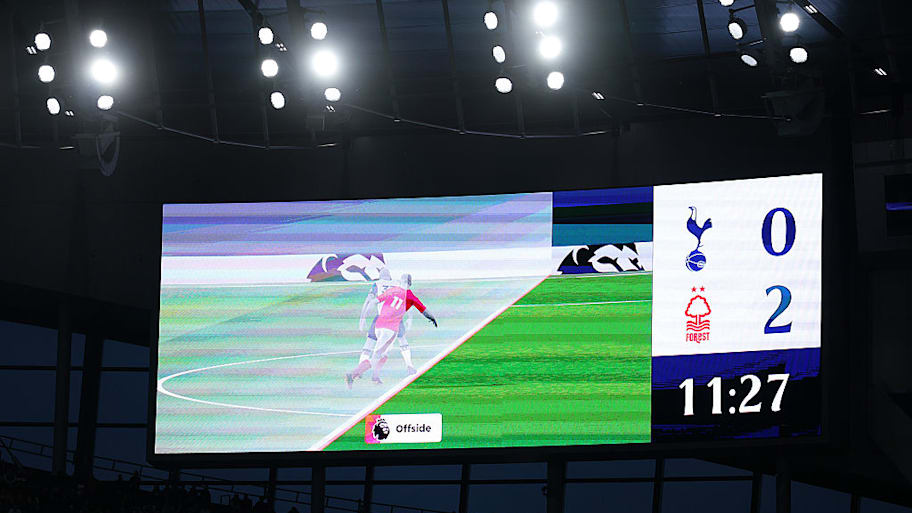
There have been some rather drastic changes to the way the game is officiated in recent years, with none more significant than the introduction of the video assistant referee (VAR) in 2019.
We’ve since seen “multi-ball” initiatives and five substitutions become commonplace, as was the crackdown on players kicking the ball away. Well, for a couple of months at least.
For 2025–26, the Premier League rule changes are perhaps more subtle, but there are two major alterations. In another bid to ensure the ball is “live” for as much of the 90 minutes as possible, goalkeepers now have eight seconds from when they establish full control of possession to distribute. Referees will visually count down the final five seconds, and if the goalkeeper is still in possession after the eight-second countdown is over, the opposing team will be awarded a corner.
There will, of course, be grey areas, and it’ll be interesting to see just how rigorously this is enforced beyond the first few weeks of the new season.
Semi-automated offsides—technology that uses a combination of 3D player tracking and AI to determine the exact moment a pass, cross or shot has been completed—will also be implemented for the entire Premier League season. It’s hoped waiting times for officials to make decisions will reduce, as well as eliminating potential human error.
Other rule changes include the location of drop ball restarts, captain-only dialogue with the referee and live VAR explanations, which we saw/heard during the latter stages of the EFL Cup last season, as well as at the Club World Cup this summer.
New TV Innovations, More Games
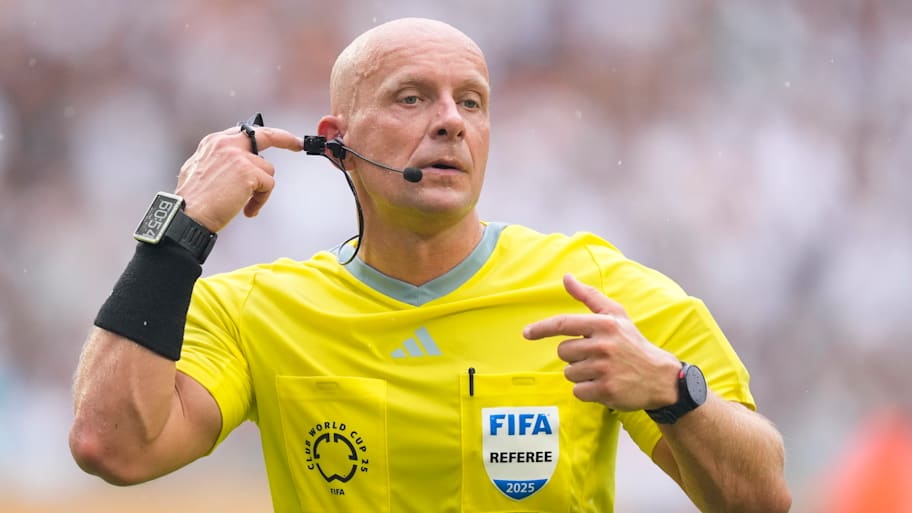
Back in 2023, the Premier League confirmed plans to increase the number of televised games for viewers in the United Kingdom from 200 up to 270 starting in 2025–26. The time is finally upon us for those changes to come into action.
Not only are there more games, but those matches will also provide never-before-seen access following a number of intriguing broadcast changes. There is expected to be access to training sessions, dressing rooms and even mid-game player interviews on the sidelines.
While standard practice in the NFL and the NBA, such innovations are rare in English football, but Premier League fans will now have the opportunity to get closer to their teams than they have ever been before. There are even talks of regular referee cameras, offering the ultimate coverage of events on the pitch.
The Premier League has often been lacking those raw, unfiltered moments that make players feel more like humans than robots. Modern fans want that extra connection with their favourite stars, and their wishes have now been granted.
In a world which revolves around social media clips and viral moments, the Premier League is ready to keep up with the competition.
FPL Shakes Things Up
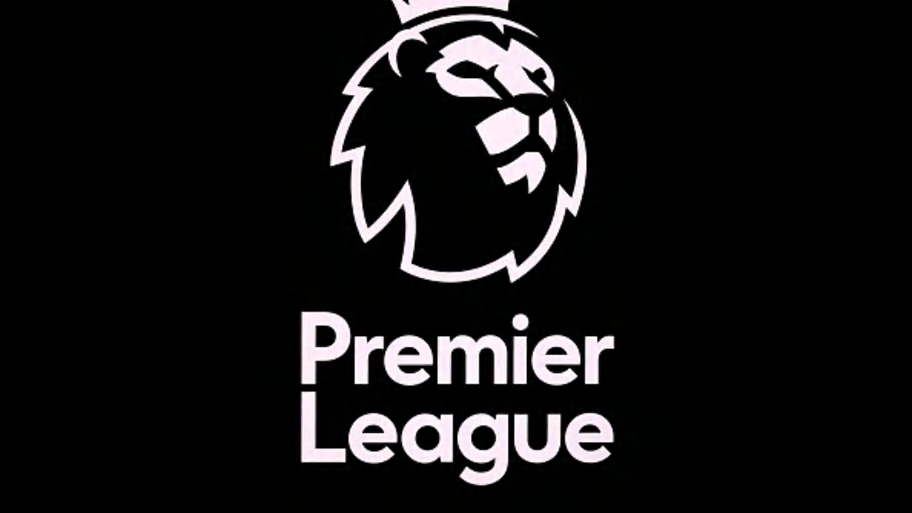
What is a major sports league without a fantasy element in today’s world?
Fantasy Premier League (FPL) returns with a wave of changes sure to excite long-time players, new enthusiasts and those previously on the fence about sweating in front of your screen each week to figure out whether you should triple captain Salah or Haaland.
Traditional FPL, for non-football fans, operates quite differently from American sports fantasy games. Instead of getting a group of friends together, or finding a league online to join, players compete against each other by trying to create a lineup that will generate the most points during a matchweek.
The first and biggest change is the introduction of additional badge uses. There are four badges in an FPL season:
- Bench Boost: All four bench substitutes contribute to a team’s total score in a gameweek.
- Free Hit: Freely change as many players in your lineup as you wish in a single gameweek, but your lineup resets to its previous iteration the following week.
- Triple Captain: Captain points are tripled, instead of doubled.
- Wildcard: Unlimited player transfers in a single gameweek.
Players will get two of each badge to use throughout the season between Gameweeks 1–19 and 20–38.
Defensive actions now earn bonus points based on involvements such as clearances, blocks, interceptions and tackles for defenders. midfielders and forwards as well, plus ball recoveries. The overall points system has been reworked to account for assists earned via penalties or freekicks, goalkeeper saves and more.
There’s also FPL Draft which is more akin to American fantasy football, basketball and baseball. Join a league, draft a squad and see if you can run the 38-week gauntlet as the best of the bunch. However, Draft is getting a major overhaul with one key feature: redrafts.
Since the introduction of FPL Draft, leagues have operated with one draft at the beginning of a season, sealing your squad barring trades and free agent pickups. If your star player goes down with a season-ending injury, your season could be doomed before you even get started.
Now, administrators can schedule up to three additional drafts throughout the FPL season. Drafted Bukayo Saka early and he’s not quite giving the goal return you expected? Start scouting your preferred goalscorer.
It’s the perfect time to get into FPL.
The Stat That Says it All
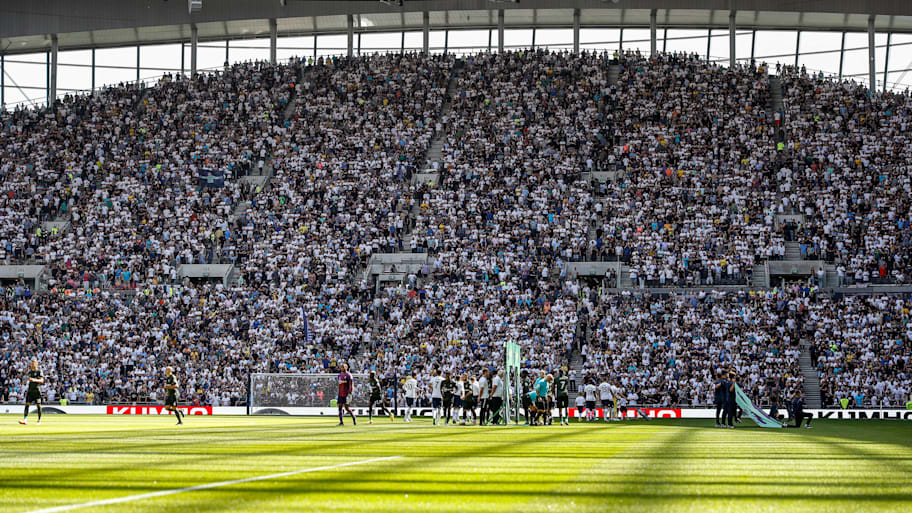
There were more empty seats across the first four days of the Club World Cup than throughout the entire 2024–25 Premier League season.
FIFA president Gianni Infantino modestly hailed this summer’s inaugural edition of the expanded Club World Cup, his beloved brainchild, as “already the most successful club competition in the world.” Chelsea may be inclined to agree, but public demand told a very different story. Perhaps aside from Donald Trump’s photobombing of the trophy presentation, or Infantino’s blindingly white trainers, it will be the swathes of empty seats scattered throughout almost every fixture which will live longest in the memory.
Despite various promotional schemes and a widespread price slash, the competition’s organisers failed to fill more than 320,000 seats over the opening four days alone—according to FIFA’s generous (if not downright dubious) official statistics. Over the course of nine months and 380 fixtures, there were 311,521 unsold spots in England’s top flight. More than 98% of the division’s total available seats were filled.
Attendances serve as an enduring yardstick for the game’s health. Money and glamour offer a flattering veneer, but what’s the point if there’s no one there to see it? English football crowds slumped to record lows back in those bleak mid-1980s. Oddly enough, the so-called “slum stadiums” were not a huge selling point. There had been a tapering in enthusiasm around 2017 and 2018, but the soulless days of fan-less COVID-ball has given way to today’s unprecedented demand.
This fever extends beyond the confines of the concourse. Each televised Premier League fixture attracts more than 600 million worldwide viewers on average. Spain’s La Liga is England’s closest competitor yet boasts around 7.5 million viewers. Even the Super Bowl can only attract a third of that hulking viewership.
Like any successful weapon of capitalism, Premier League clubs ruthlessly exploit this fandom. Tickets and TV subscription packages have never been more expensive but the demand remains insatiable. Almost everyone else is excited, aren’t you?
READ THE LATEST PREMIER LEAGUE NEWS, TRANSFER RUMORS AND GOSSIP
This article was originally published on www.si.com as Ten Reasons to Be Excited for the 2025–26 Premier League Season.
